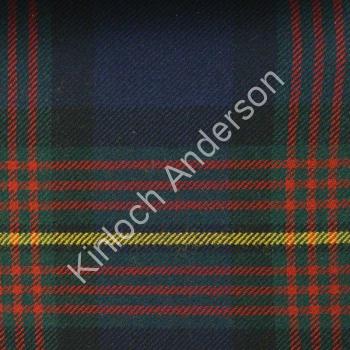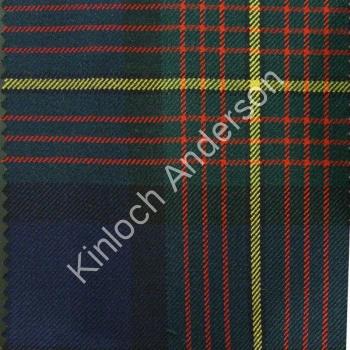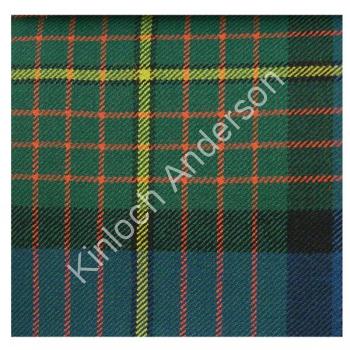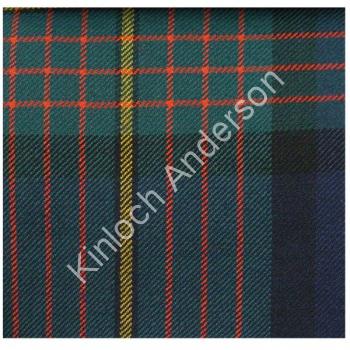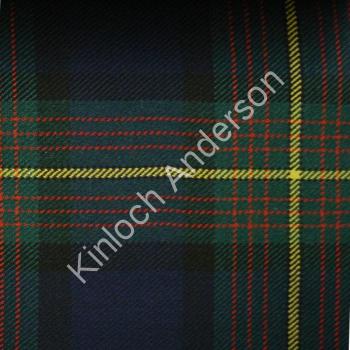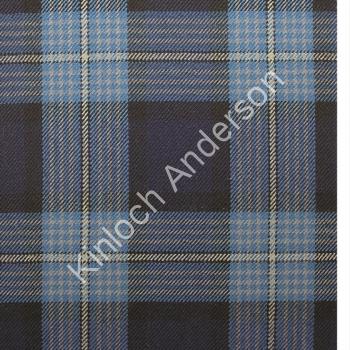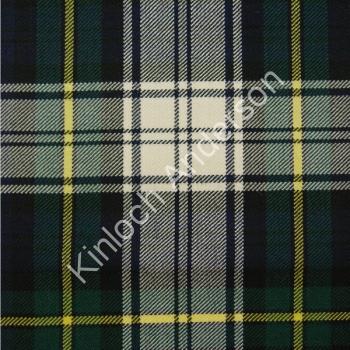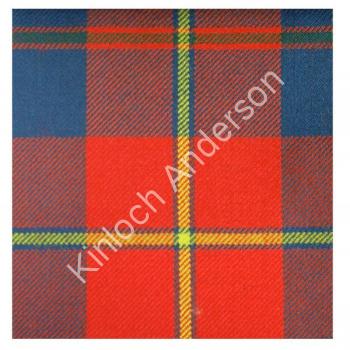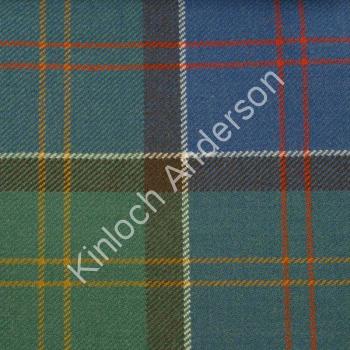discover
KINLOCH ANDERSON
Sign up to our newsletter and receive exclusive offers and everything you need to know about Highland Dress!
You can unsubscribe at any time.
Email:
Article
Muir
Motto: Durum patientia frango (I overcome difficulty by patience)
Two sources for the name Muir appear to exist; one Highland and the other Lowland. The Gaelic ‘mor’ meaning ‘large’ or ‘big’. The other derivation is from Middle English, meaning ‘low grassy hill or heath’. Muirs are thought to have descended from the Pictish Celts, of both Ireland and Scotland. The name is particularly prolific in west-central Scotland and in Orkney the name is one of the top ten most commonly found names.
In the reign of King Alexander II (1214-1249) a David de More witnessed a charter in Ayrshire. A Gilchrist More incurred the wrath of Sir Walter Comyn but later married his daughter and secured the lands of Rowallan Castle, near Kilmarnock. A descendant, Elizabeth Mure, married Robert, Steward of Scotland latterly King Robert II.
The Mures followed James IV at Flodden in 1513, but later became advocates for the new reformed religion, latterly being persecuted as Covenanters. Sir William Mure was the sixteenth and last Mure of Rowallan; he served in Germany under Gustavus Adolphus, King of Sweden in the 17th century. One of his daughters married Sir James Campbell of Lawers, third son of the Earl of Loudon, who thus became Laird of Rowallan.
Muir, Mure and Moore can be considered septs of Clan Campbell and Clan Gordon. The spelling variation More/Moore is a sept of Clan Leslie in Aberdeenshire. Some members of Clan Muir who trace their ancestry to Ayrshire are septs of Clan Boyd. A single family, the Mores of Drumcork are septs of Clan Grant. Members of Clan Muir who do not give allegiance to any of the clans that list their surname as a sept, or who do not have a family history of belonging to any of the aforementioned clans, wear the Muir tartan.

Refine search
Choose from one of the Muir tartans listed below:



